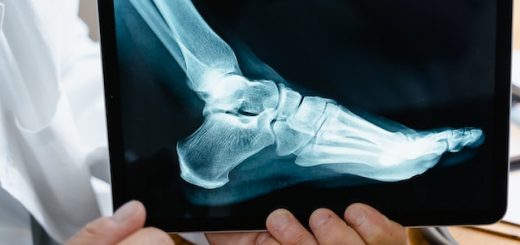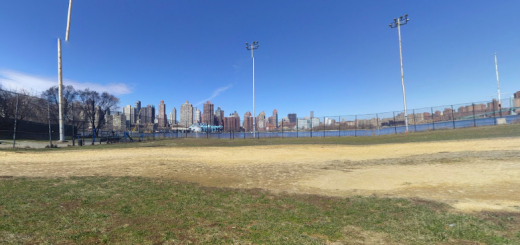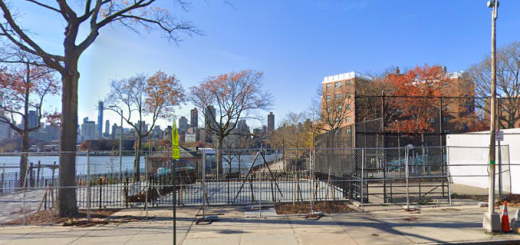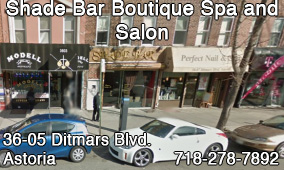Bunion Treatment & Prevention Tips By An Astoria Podiatrist
Bunions are a common podiatry issue that affects millions of people around the world. A bunion, also known as Hallux Valgus, is a deformity of the big toe joint that causes the joint to become misaligned and protrude outward. This can be a painful and debilitating condition that can greatly affect a person’s quality of life. In this article, we will explore the causes of bunions, their symptoms, and the available treatments. Our Astoria podiatrist & Bunions expert will now provide our readers with the inside scoop, the lowdown and the bottom line facts regarding the wonderful world of bunions.
Causes Of Bunions
Bunions are caused by a combination of things including genetic factors and lifestyle choices. People with a family history of bunions are more likely to develop this condition, as are those who wear tight-fitting shoes or high heels on a regular basis. Foot injuries or abnormalities, such as flat feet, can also contribute to the development of bunions.
Symptoms Of Bunions
The most common symptom of a bunion is pain and discomfort in the affected area. This can range from a mild ache to a sharp and stabbing pain, depending on the severity of the bunion. Other symptoms include swelling, redness, and inflammation around the affected joint. In some cases, the skin over the bunion may become thickened and callused, which can further exacerbate the pain and discomfort.
Treatments For Bunions
There are several treatments available for bunions, ranging from conservative measures to more invasive surgical procedures. The choice of treatment will depend on the severity of the bunion and the patient’s overall health. Conservative treatments for bunions include the use of orthotics, such as custom-fitted shoe inserts, to help support the foot and reduce pressure on the affected joint. In addition, wearing wider and more comfortable shoes can also help to alleviate the symptoms of bunions. Physical therapy and exercises to strengthen the muscles around the affected joint can also be helpful in reducing pain and discomfort. In more severe cases, surgery may be necessary to correct the deformity and alleviate the symptoms of bunions. The choice of surgery will depend on the severity of the bunion and the patient’s overall health.
Prevention Of Bunions
The best way to prevent bunions is to wear comfortable, well-fitting shoes that do not put undue pressure on the feet. Avoiding tight-fitting shoes and high heels can also help to reduce the risk of developing bunions. Maintaining a healthy weight and exercising regularly can also help to keep the feet strong and healthy, which can reduce the risk of foot injuries and deformities.
Conclusion
Bunions are a common podiatry issue that can greatly affect a person’s quality of life. While there are several treatments available for bunions, the best course of action is to take steps to prevent them from developing in the first place and dodging any risk for dreaded bunion surgery. By wearing comfortable shoes and taking care of your feet, you can reduce the risk of developing bunions and other foot-related conditions. If you do develop a bunion, however, it is important to seek prompt medical attention to avoid further complications and to get the treatment you need to alleviate your symptoms and improve your quality of life.
Contributed with help from:
Ideal Podiatrist Astoria, Foot & Ankle Doctor, DPM 31-16 30th Ave. #203, Astoria, NY 11102 (718) 626-3338
Ideal Podiatry Is A Featured Queens Ledger & Long Island City Astoria Journal Podiatrist.























1 Response
[…] Bunion Treatments […]